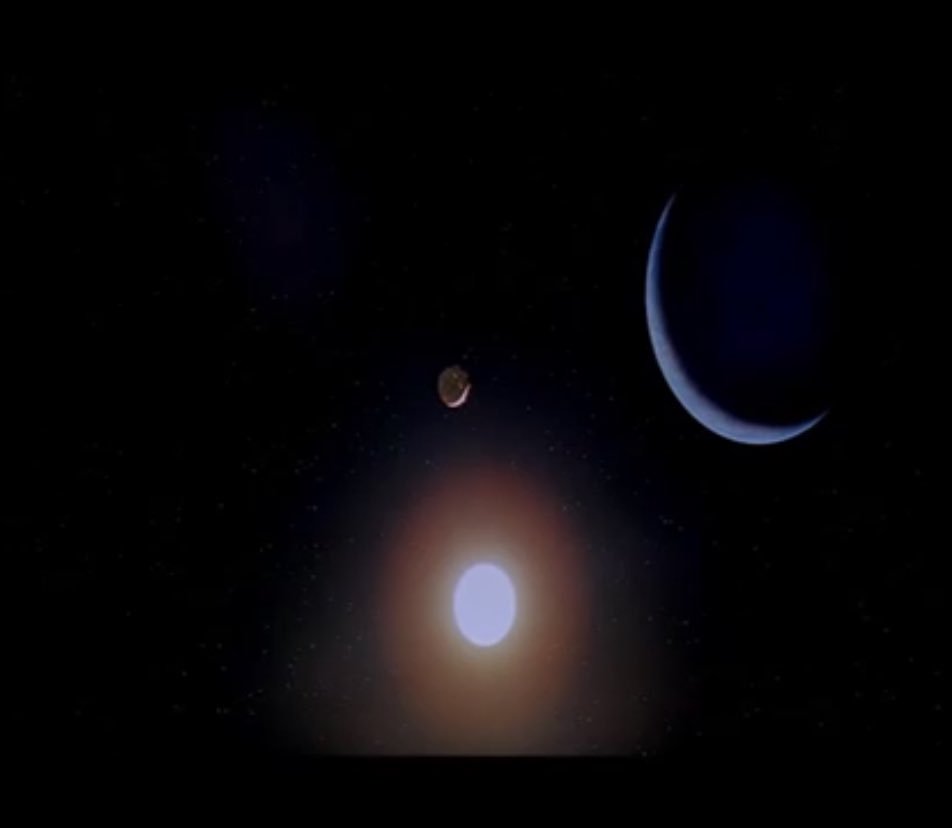By the way, it super annoys me that the illumination angle on the top of the lander (where landing pad lighting doesn’t disguise the sun’s angle) doesn’t match the illumination angle on the Earth. 🤷♂️🤦♂️




























































Get real-time email alerts when new unrolls are available from this author!
Twitter may remove this content at anytime, convert it as a PDF, save and print for later use!

1) Follow Thread Reader App on Twitter so you can easily mention us!
2) Go to a Twitter thread (series of Tweets by the same owner) and mention us with a keyword "unroll"
@threadreaderapp unroll
You can practice here first or read more on our help page!


